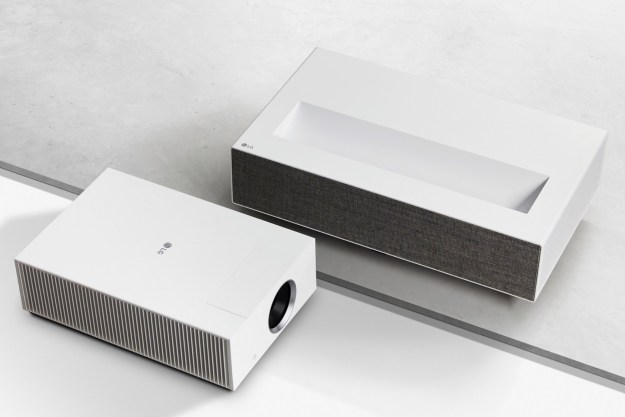
Laptops with bright and vibrant OLED displays were once a rarity, but at CES 2019, Lenovo and HP revived the technology by bringing it over to some of its latest products. And now Samsung is preparing for what is expected to be the new trend by providing a peek at its eye-popping 4K OLED panels that will likely power a coming wave of larger premium laptops from other manufacturers in this new year.
Roughly translated from Korean, Samsung is promising that its world’s first 15.6-inch OLED panels for laptops will offer up an astonishing brightness range of 0.0005 to 600 nits, and a spectrum of 34 million colors. With a total 4K resolution of 3,840 x 2,160, Samsung also boasts that the black that colors its panels can get up to 200 times darker and twice as bright as traditional LCD panels to maximize HDR for the best quality video and images. It is expected that production on the new panels will start in February.
As seen in Samsung’s sample image above, not only will the 15.6-inch OLED panel offer up high brightness ranges and a broad color spectrum, it also will feature thin bezels. This is a change from current panels in other laptops like the Galaxy Book 2 which top out at 12 inches and are often flanked by thick bezels and limited to the typical 2K resolution.
“Samsung’s 15.6-inch OLED offers a display solution that is optimized for portable IT devices such as overwhelming HDR, excellent color reproduction, and high outdoor visibility, Consumers will enjoy a higher level of visual experience through OLED notebooks,” explains Samsung Display Marketing Director Yoon Jae-nam.
With OLED panels, individual pixels can be turned off when needed, leading to brighter image quality compared to the LCD panels seen on typical laptops and displays. Unfortunately, some laptop makers have also found that it can draw a lot of power, cause image retention issues, and can kick up prices for the end consumer, which is why OLED went missing for quite a while. It is still not certain which laptop makers will be using Samsung’s new panels but with HP unveiling a new Spectre x360 15 with AMOLED panel, and Dell promising to bring OLED over to its 15-inch notebooks, you can expect more soon.
Editors' Recommendations
- Gigabyte just upped its OLED monitor game
- 4K gaming monitors are getting cheaper, but I still won’t buy one
- Asus’ 4K, 32-inch mini-LED gaming monitor might hit the perfect sweet spot
- MSI might have the ultimate mini-LED laptop display at CES 2023
- LG’s latest 4K monitor wants to be your smart home hub


